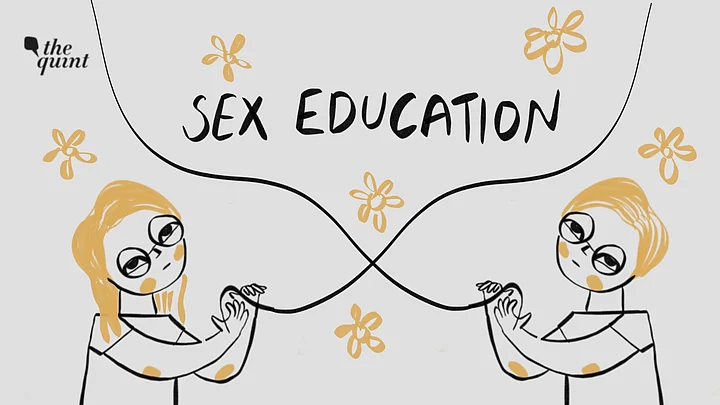That sex is a taboo topic in India is no breaking news. It is evident by how we handle the subject from a young age or the time we first find out about it. But in the day and age of the Internet, social media, and unlimited access to information, how do we know for sure that children are getting the right information about everything, including sex and sexuality? Especially, in the absence of a detailed, comprehensive conversation at home and at school?
How can we ensure children and young adults have a good understanding of sexual health, choice, consent, and safety? It’s time we push for a comprehensive sex education curriculum that goes beyond the birds and the bees.
How young is too young?
There is a case for starting sex education at a young age, as young as even kindergarten. The conversation need be just about the body parts, good touch and bad touch, it can actually be the perfect opportunity to normalise conversations around sex and help build a healthy attitude towards it. When children and young adults view sex and sexuality as a normal, human process, they are less likely to fall victim to false information and studies show that starting conversations from a young age can also help decrease cases of sexual abuse.
Going the Dutch Way
The Netherlands follows a comprehensive sex education curriculum, teaching children as young as four years old, about sex and sexuality. The conversations are not explicitly about sexual acts but revolve around love, respect, and intimacy, building each year to introduce children to different aspects of sexual health.
The result? The Netherlands has one of the lowest rates of teen pregnancies and sexually transmitted diseases. It is also one of the most gender-equal countries.
Preaching Abstinence
The American Sexual Education curriculum, on the other hand, focuses a lot on abstinence and not on a complete sexual education. As a result, the curriculum often focuses less on contraception methods, leaving the US at the number one spot for teen pregnancies amongst western countries. The United States also ranks number one for STIs in teens, amongst the developed nations. The US also struggles with funding to run proper sex-ed classes, depending on not-for-profits, often very small ones, to develop and run the curriculum.
What can India do?
For starters, we need to take sex education far more seriously and work on developing a comprehensive sex-ed curriculum that works for India. It would also be imperative that all stakeholders – children, parents, and teachers – be involved in creating and designing this curriculum.
The emphasis should be on developing healthy sexual attitudes among young adults and children, giving them and their parents access to the right kind of information that empowers them to make right and informed decisions. Without access to information, young people in schools will turn to friends, magazines, the Internet, and porn, which could lead to a confused understanding of sex. When we start normalising conversations around sexual health and education, connecting it to respect, consent, safety, and love, we are working with a chance that this generation will make far healthier choices when it comes to sex and sexuality.
(At The Quint, we question everything. Play an active role in shaping our journalism by becoming a member today.)
